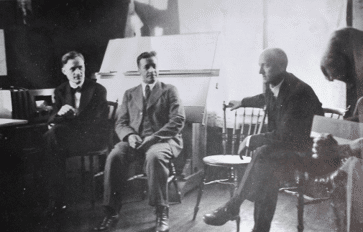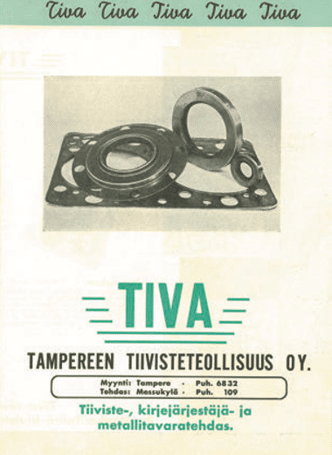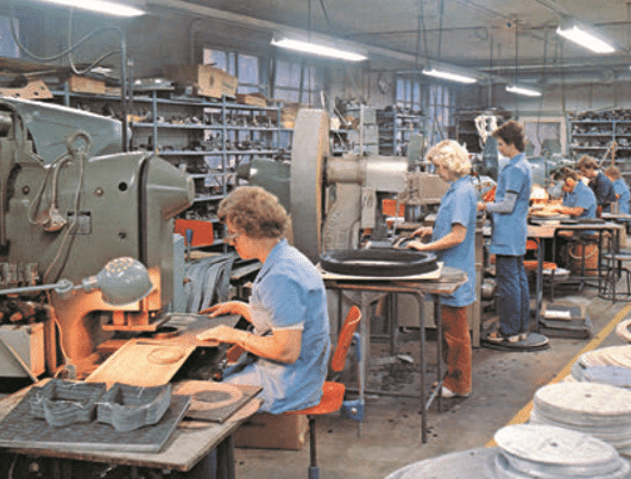80 years of sealing: TT Gaskets was born to meet wartime needs
80 years stands as a watershed in TT Gaskets’ history, providing a vantage point to look both to the past and to the future. The exceptional times of the 1940s laid the foundation for one of our resources that has endured to this day.

TT Gaskets (formerly Tampereen Tiivisteteollisuus) founder Sulo Johannes ”Jussi” Arpiainen was a technically gifted inventor and innovator. This farmer’s son from Vesilahti, Finland grew up with a strong appreciation for hard work and learning. Jussi, who obtained his degree as a paper technology and chemical engineer, found these lessons to be of great value. They were especially important when he started manufacturing technical and techno-chemical replacement materials for wartime needs in the 1940s.
The Great War had changed its course by 1943. The state aircraft factory and test airfield drew Captain Arpiainen and his wife Kerttu to Tampere. Jussi believed that he would then find a business partner that shared his entrepreneurial mindset.
Sealing for defense needs

The Arpianen brothers Eino and Jussi, along with Väinö-Kustaa Järvinen, established a sealing manufacturing business in Tammela, Tampere, to keep military machinery running. The turmoil of war demanded all materials in the summer of 1944, and gaskets were required for crucial places, including tanks and artillery.
The production of gaskets likewise entered the era of substitutions and alternatives. They employed their own alternative formulations when obtaining ingredients proved challenging. Jussi built a name for himself as an imaginative person by creating alternatives like the boot grease that was used in the Karelian Isthmus battles and the airplane wing lacquer that was manufactured from celluloid obtained by melting old Finnish films.
In the 1950s, the general standard of living started to recover from the depths of war. The end of the war years brought forth a new situation: while the gasket factory adjusted to the demands of peacetime, mending the war’s damage was a huge undertaking. Since they had to make do with what they had, old machines were updated with new gaskets. The company began to look for goods and markets where its expertise could shine. While the significance of archive folders as a product category kept expanding, the firm manufactured bag clasps and other metal goods.
In the same time frame, a partnership around technical chemical goods was established with Kiilto Oy.
Towards a growing industry
In the 1960s, Finland firmly joined the modern world. Living standards rose, influences were drawn from around the globe, and both the industrial and service sectors gained strength. Migration flowed toward cities and to Sweden. The economy and national income grew, marking the beginning of the modern welfare state. Through experimentation, suitable facilities were eventually found for the gasket company on Vellamonkatu in Tammela. The old Tammela neighborhood, which had witnessed the company’s early stages, grew in height. Intense construction required machinery, and machines required gaskets. By the mid-1960s, the company was already exploring export opportunities to Sweden and the Netherlands. The company was able to adapt its production to new conditions and remain in the market by expanding its product range. Flexibility emerged as a significant strength for the company, a trait that has proven valuable throughout the history of TT Gaskets.

Source: Kalle Mäkelä. Tiiviisti ajassaan – Tampereen Tiivisteteollisuus Oy 1943–2018.
Read the next chapter of our history series to understand how forward-looking initiatives enabled international growth!